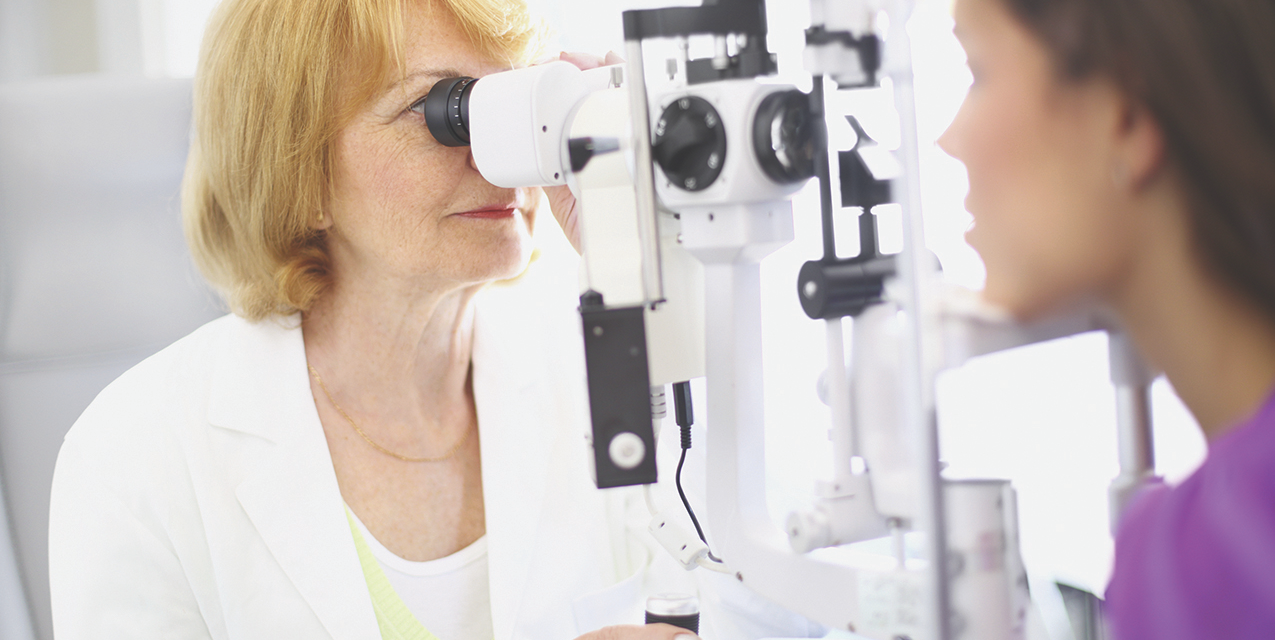Prescription eyeglasses help billions of people improve their vision. However, prescription eyeglasses cannot correct every issue, including low vision. People with low vision may not see well enough to read, drive, recognize people’s faces, distinguish between colors, or see their television or computer screens clearly.
“While low vision is a serious condition, it does not necessary include complete blindness, and can sometimes be improved with visual aids,” says local ophthalmologist, John Legarreta, MD. Understanding low vision and how it can affect a person’s daily life can help patients confront the condition more successfully.
According to Dr. Legarreta, there are different common types of low vision.
- Central vision loss. This is marked by an inability to see things in the center of your vision.
- Peripheral vision loss. This affects peripheral vision and compromises a person’s ability to see things out of the corners of the eyes.
- Night blindness. This affects a person’s ability to see in low light.
- Blurry or hazy vision. Objects both near and far will appear out of focus when a person is dealing with blurry vision. Someone with hazy vision will feel as though his or her entire field of vision is covered with a film or glare.
Many of the diseases that can cause low vision are most common in older adults. In fact, low vision affects one in four adults over age 75 and one in six adults over age 45. The type of low vision a person has will depend on the disease or condition that caused it. Many different eye conditions can cause low vision, but the four most common are:
- Age-related macular degeneration (AMD). AMD is a disease of the eye that can blur the vision people need to read and drive. AMD is slow to develop. As it progresses, the blurry area near the center of vision may get bigger and things may also seem less bright than before.
- Cataracts. Cataracts affect more than half of all Americans age 80 or older. Many people do not notice they have a cataract initially. Over time, people with a cataract may notice their vision becoming blurry, hazy, or less colorful.
- Diabetic retinopathy. Diabetic retinopathy affects blood vessels in the retina and can cause low vision in people with diabetes. Anyone with diabetes should schedule comprehensive dilated eye exams at least once per year, as finding diabetic retinopathy early, even when no symptoms are present, can help people protect their vision.
- Glaucoma. Glaucoma is an umbrella term used to describe a group of eye diseases that damage the optic nerve. Half of all people with glaucoma don’t even know they have it, which only underscores the importance of scheduling comprehensive dilated eye exams.
Low vision is a serious condition that can affect an individual’s ability to perform daily tasks such as reading and driving. To learn more about low vision and other conditions affecting the eyes, including cataracts, macular degeneration, Lasik, dry-eye syndrome, diabetic eye disease, glaucoma, and more, visit www.legarretaeye.com. Learn more about low vision at www.nei.nih.gov.












